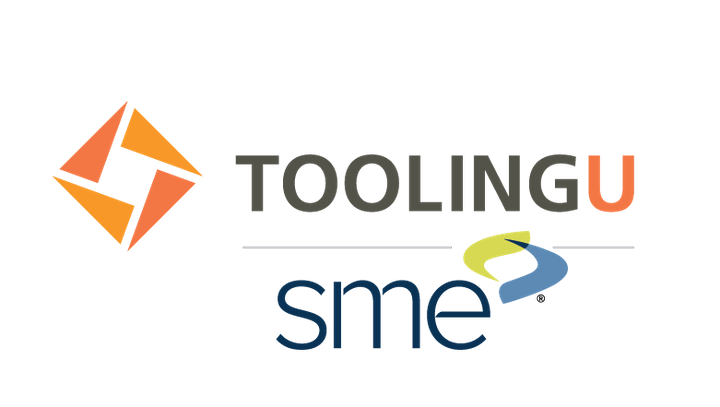"Distribution Systems" describes power distribution systems and their components. Distribution systems are integral parts of motor control systems because they consist of all generators, transformers, wires, and other devices used to transport power from the source to end use. Generating stations house generators that are linked together in parallel circuits to create power. Transformers step up and step down voltage. Substations house transformers and provide a safe point to cut the power. Understanding the ways in which electricity is distributed and how to work safely with distribution systems is an essential part of working within motor controls. After taking this course, users will be able to describe how power enters a facility and is distributed to electrical equipment, as well as best practices for safely working with electrical power distribution systems.
Course Objectives:
- Describe distribution systems
- Identify the different components of a distribution system
- Describe different types of distribution systems
- Describe revolving field generators
- Describe transformers
- Describe three-phase power
- Describe wye connections
- Describe delta connections
- Describe the different phase connections in distribution systems
- Describe substations
- Describe switchboards
- Describe panelboards
- Describe motor control centers
- Describe busways
- Describe distribution system maintenance.
Recommended Background
- Recommended for mechanical/electrical/plumbing maintenance technicians.
Course ID
TU302
Skill Focus
Beginner
Instructor(s)
Tooling U - SME
Employee Type
New Applicants, Operations team, 1st level supervisor
Method of Delivery
Online
Estimated Effort
2.5 hrs
Cost
Contact for Price
Contact ToolingU for Course Program Details.
 Tooling U - SME
Tooling U - SME